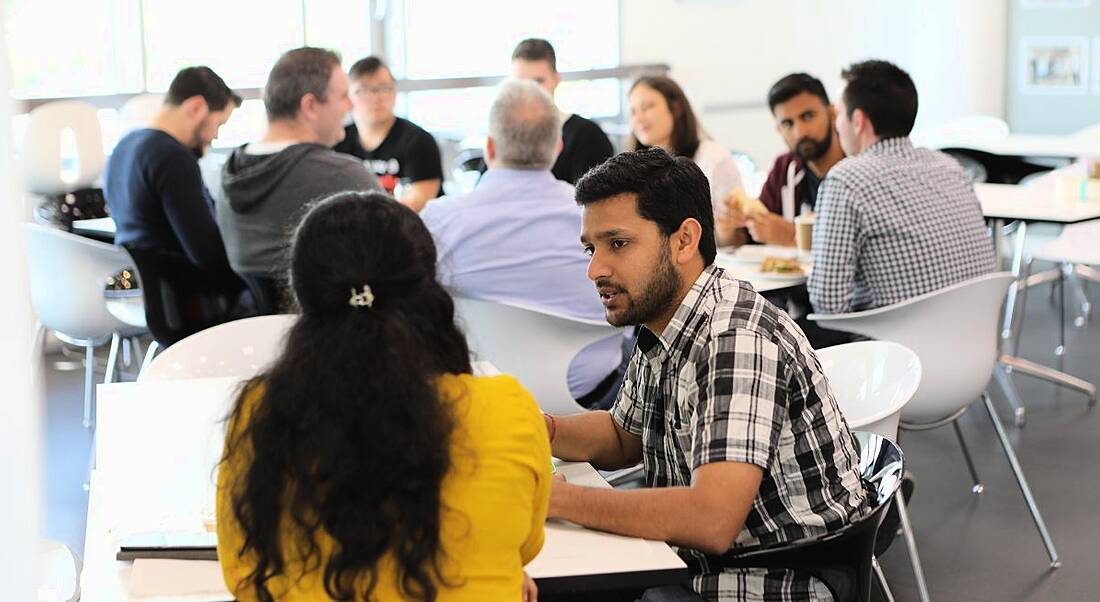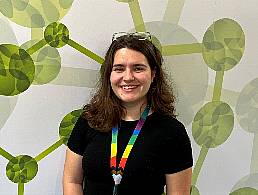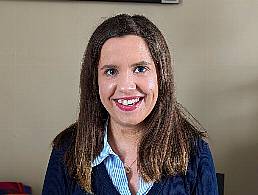Do you want to become a data scientist? Dun & Bradstreet’s Eoin Lane has some practical advice on the steps you can take to achieve that goal.
Data science has long been lauded as one of the most exciting industries to enter into, and one that is only set to grow in the coming years. Increasingly, companies are relying on the reams of data they can collect to help them glean valuable insights and develop their businesses accordingly.
Yet doing this is so much easier said than done. The process of filtering through data in such a way as to generate accurate, salient information for each business and its unique needs is difficult, and requires a particular kind of expertise.
Eoin Lane is the director of emerging analytics at Dun & Bradstreet. His background is in chemistry, something that may not immediately jump out as applicable to data science yet, as he explains, much of what he did in his graduate work could be considered IoT. “[I was] pulling information from sensors and then analysing that information. I just happened to apply that to molecules colliding at high-energy collisions.”
Top tips
Lane’s number one piece of advice for anyone who wants to embark on a career in data science would be to learn a programming language – in particular, learn Python.
“The industry has really standardised on Python at this point for data science, and knowing basic data science structures [such as] hash maps, hash tables, linked lists, Q stacks, these will all be things that you will need as you move on.
“What I would then focus on is to get some real-world expertise. You can go online to places like Kaggle and download real-world datasets that you can start to analyse.”
Lane recommends playing around with business intelligence tools that you are comfortable with. Figure out what you can use and how you can coax actionable insights out of the datasets that you get.
“And once you’re comfortable, then come work for us,” Lane concludes.




